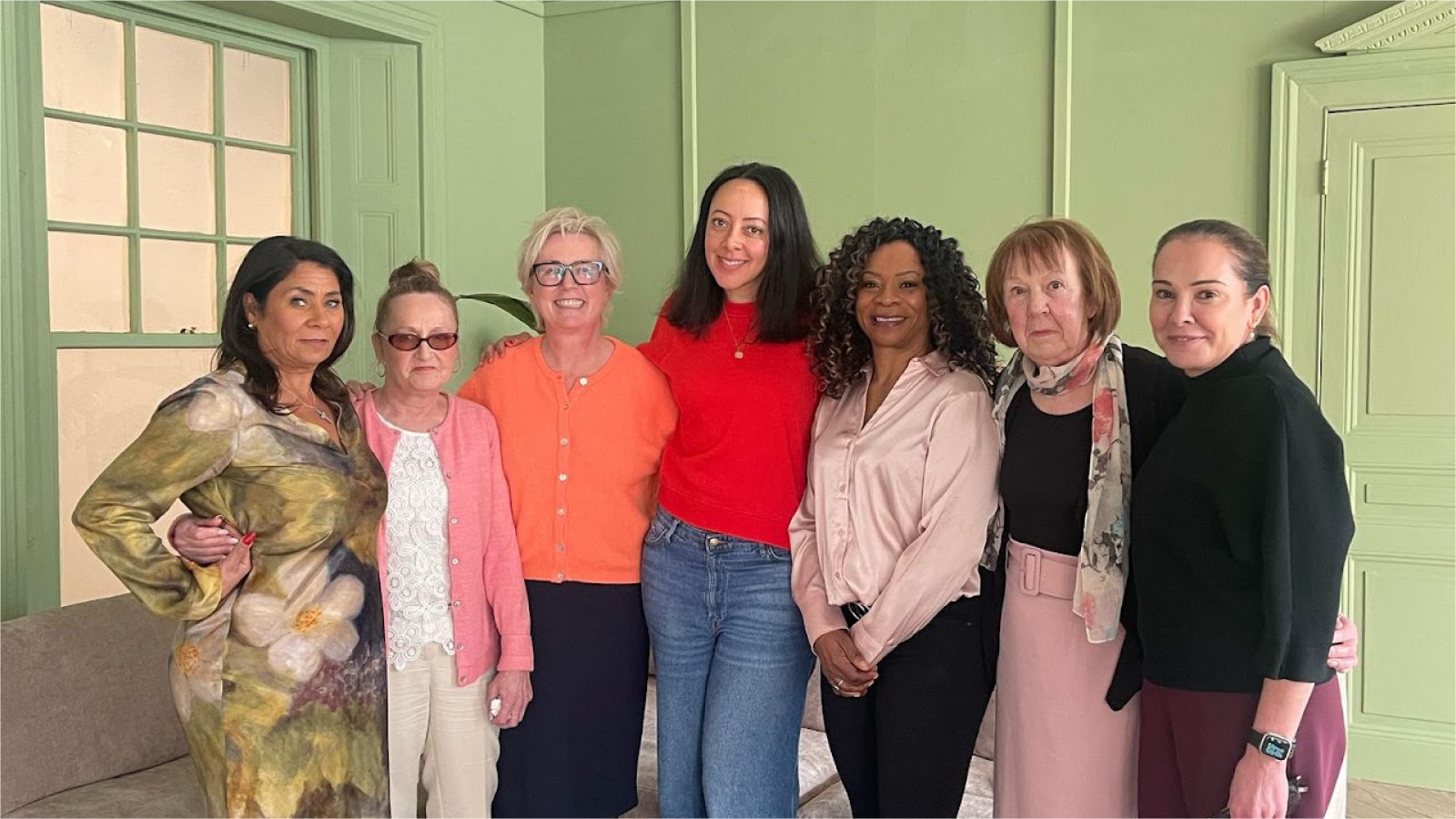We caught up with Alistair Houghton, editor of Reach’s BusinessLive website to find out what he and his team look out for when considering press releases for coverage.
Q: Before someone writes a press release, what are the main things they should consider?
A: First and foremost, think about whether what you’re sharing is actually news. We want to hear about things that are new, different or unusual. Things we’ll always look for at Reach include job creation, business expansion, moves to new or enlarged premises, innovative new products and services, and key appointments.
Q: What should they look to include – and avoid – in their press release?
A: Put as much information in there as you can. Journalists are meant to ask about every story: who, what, why, when, where, how. If you can explain those things, your press release should succeed.
Always include a photograph or a link to a photograph. They should have clear captions explaining exactly who is who. Also include contact details for someone who can answer any questions. And make sure that person is available when the press release comes out.
Avoid industry jargon. If you can’t explain why a story is important in simple language, then a journalist might question whether it’s a story at all.
Q: For you what are the most frustrating omissions when you receive a press release?
A: Not saying where the company is based! Most business titles are local or regional – or, like BusinessLive, made up of a series of regional networks. It doesn’t matter how good a story might be – a title can’t cover it if it happens outside of its patch.
Pictures – we need pictures with every story without exception, so always include at least one. Some people worry about sending pictures because they think it makes an email too large – that hasn’t been a worry for years. If you’re really worried, include a DropBox or WeTransfer link.
Q: How important is it to include quotations from the key people involved in the announcement?
A: It’s always good to have some quotes as they can help humanise any story. Also they can help us to pick pictures – it’s often better to use a picture of a person, e.g. a managing director, than a picture of a building.
But don’t include too many quotes! We understand that sometimes every stakeholder wants to have their say in a release. But if you send a release with six sets of quotes, a journalist will probably only use a couple.
“I’d say that keeping it simple and straightforward is the best approach”
Alistair Houghton, editor, BusinessLive
Q: Press releases are formal by their very nature. Is it a mistake to use a light tone and humour?
A: In general, I’d say that keeping it simple and straightforward is the best approach. Everyone’s sense of humour is different and so there’s always a risk of misinterpretation. Plus journalists are often proud of their fluency in bad puns, so will happily make the jokes for you.
Q: What common ‘mistakes’ do you see in press releases?
A: Selling stories too hard – e.g. ‘BREAKING NEWS’ on something that has been known for months or is not a big story.
Not making embargoes clear. If a story is only to be released at a certain time, make that fact very clear and prominent at the top of the email and the release.
Fake embargoes – e.g. insisting a story can only be reported on a certain day when the story is already on the company’s own website.
Reporting a firm’s financial success – e.g. “we’ve had a 20% uplift in sales!” – without including the actual numbers.
A press release saying there had been five promotions in the headline, but there had only been three promotions in reality.











